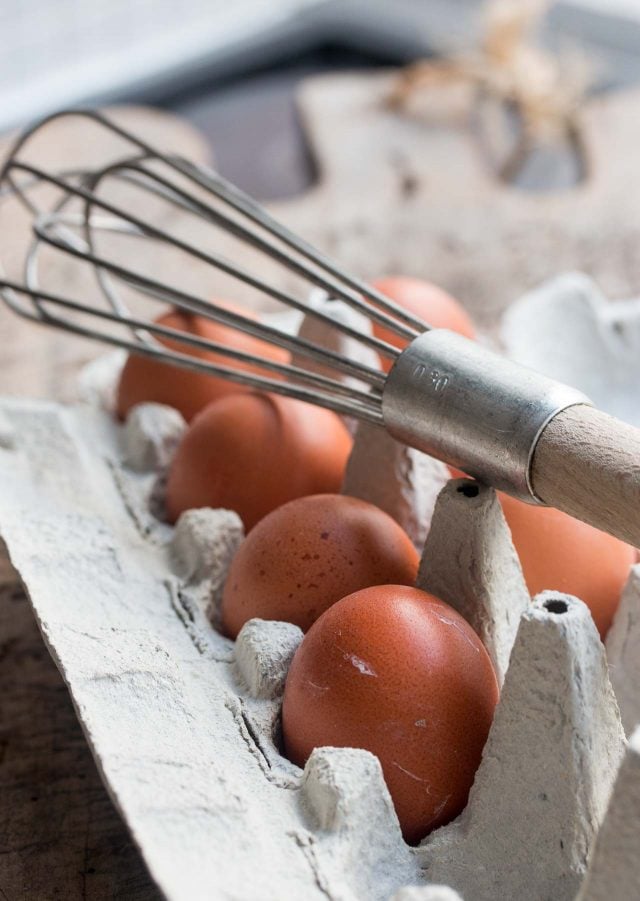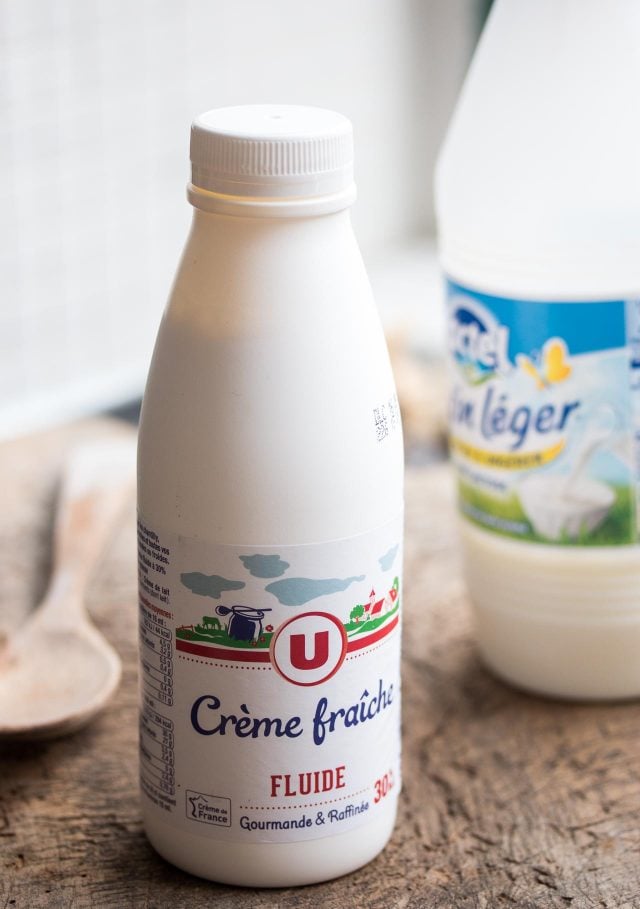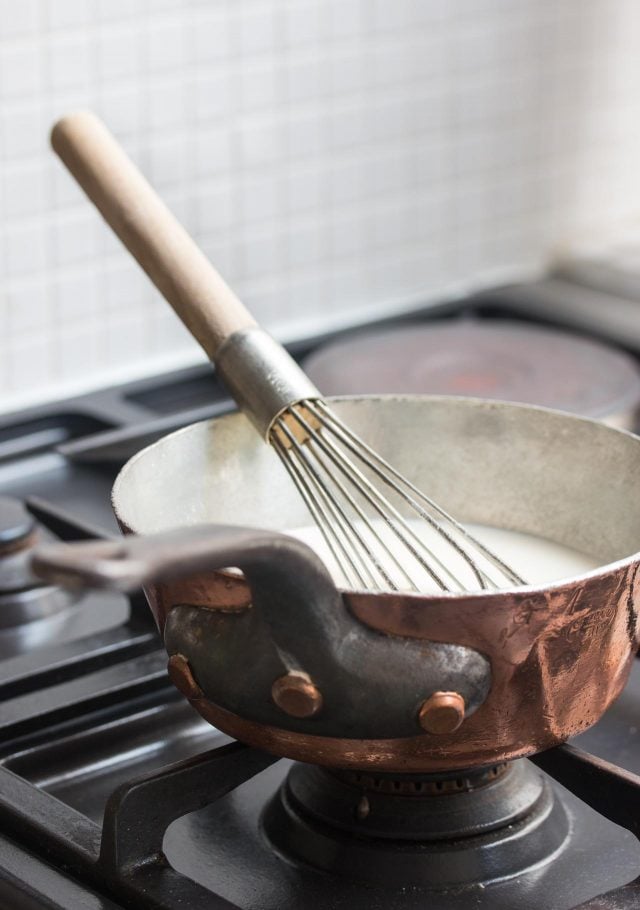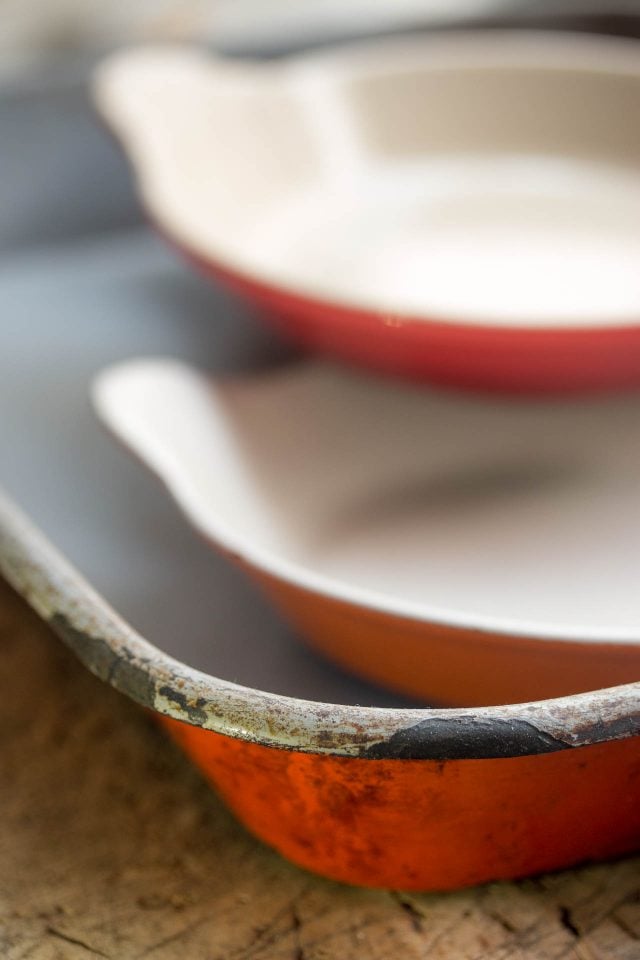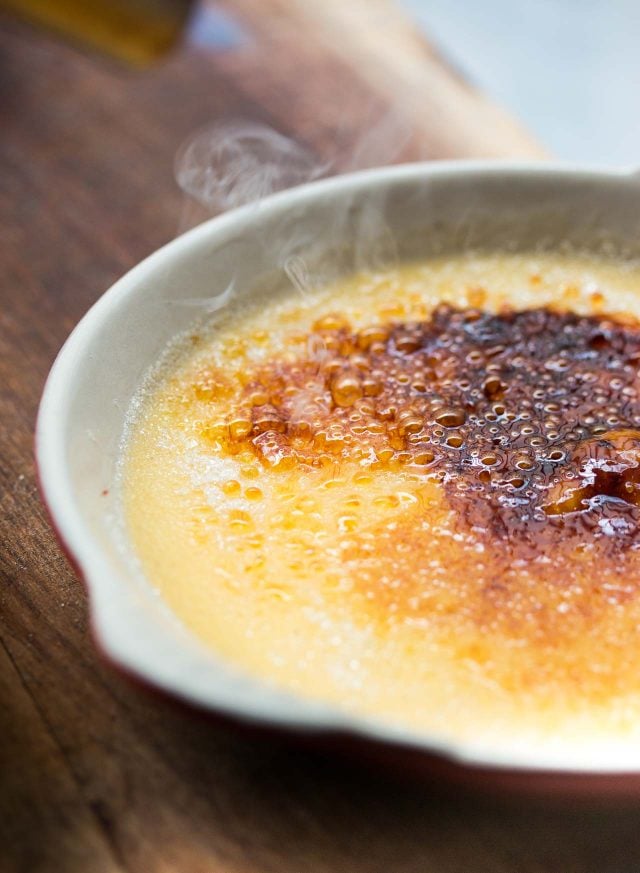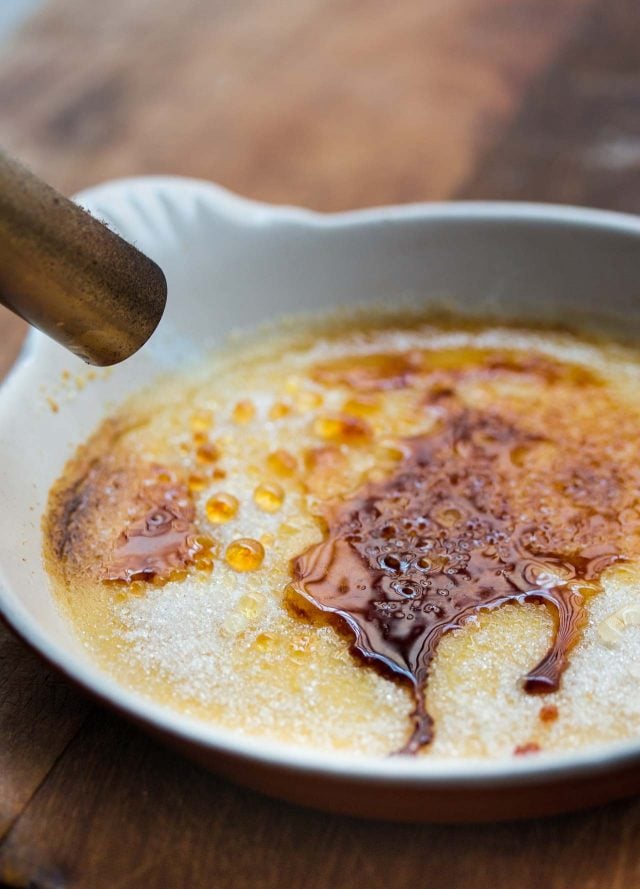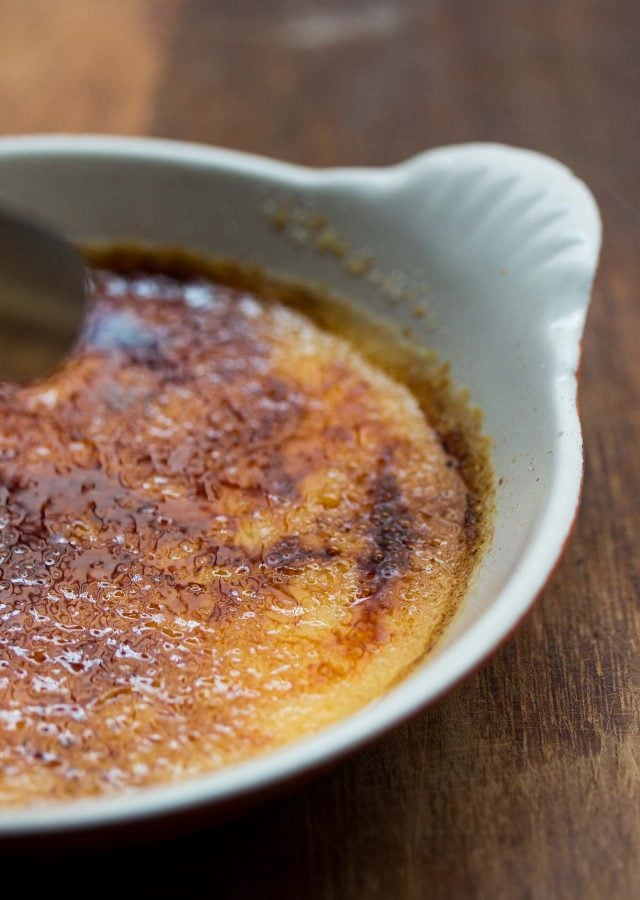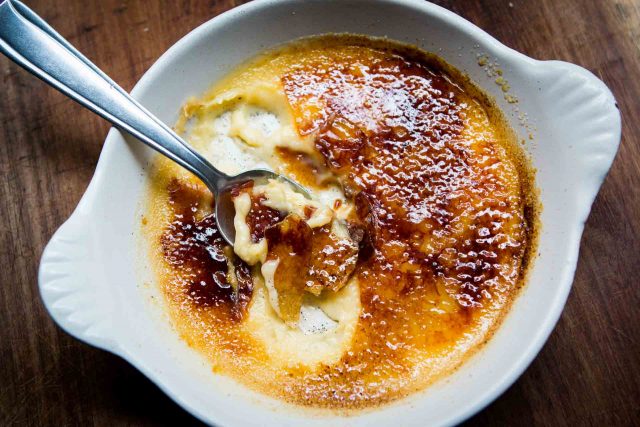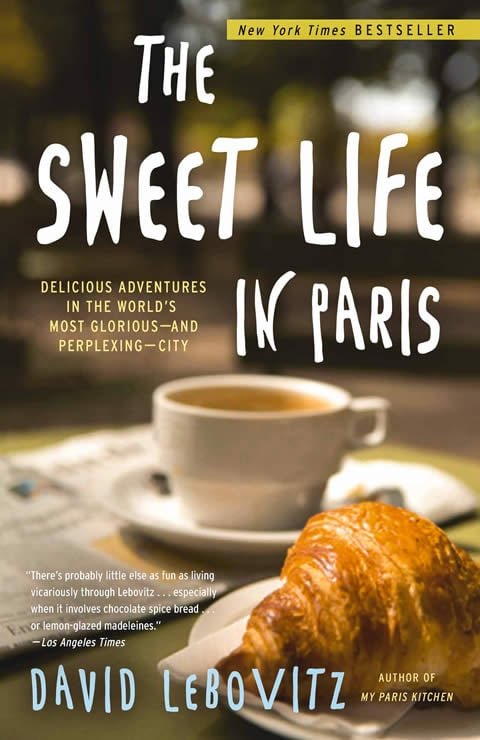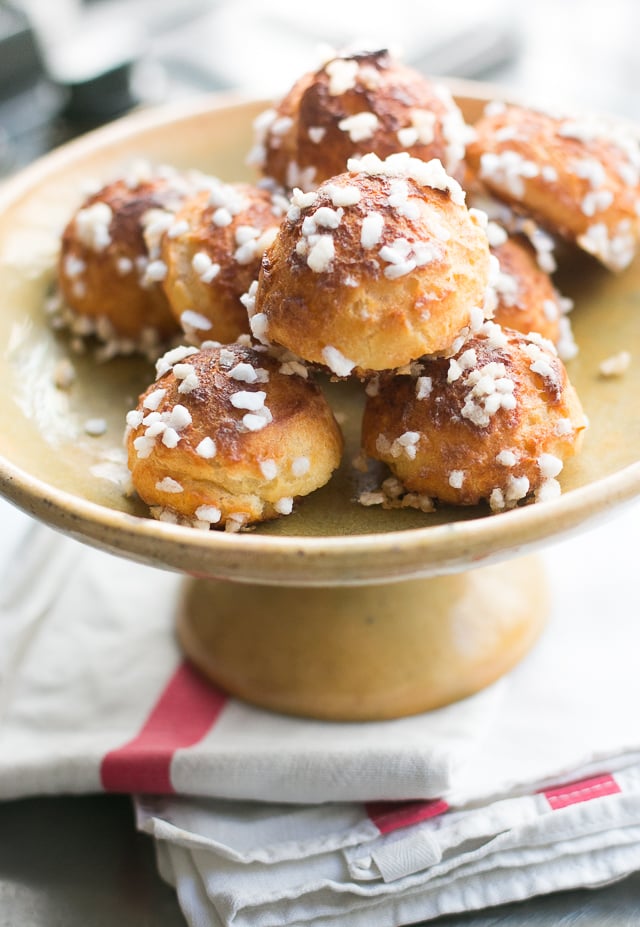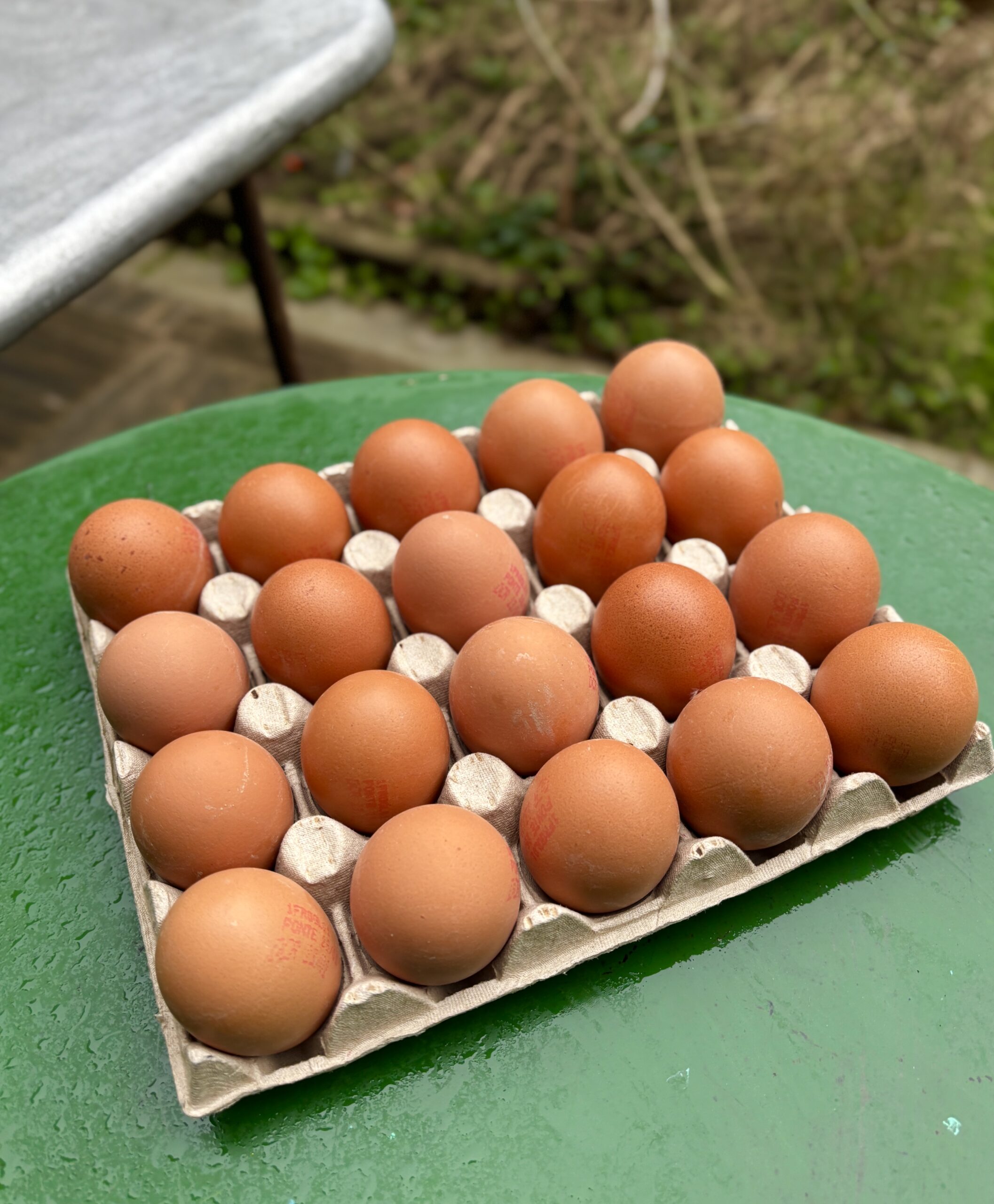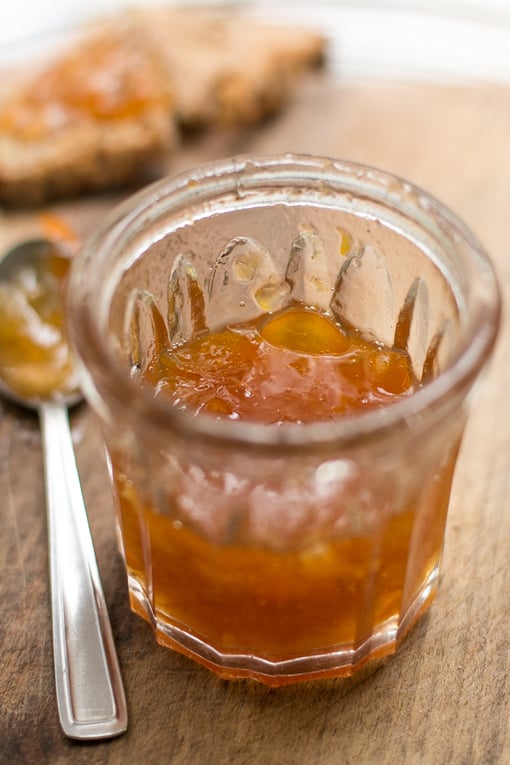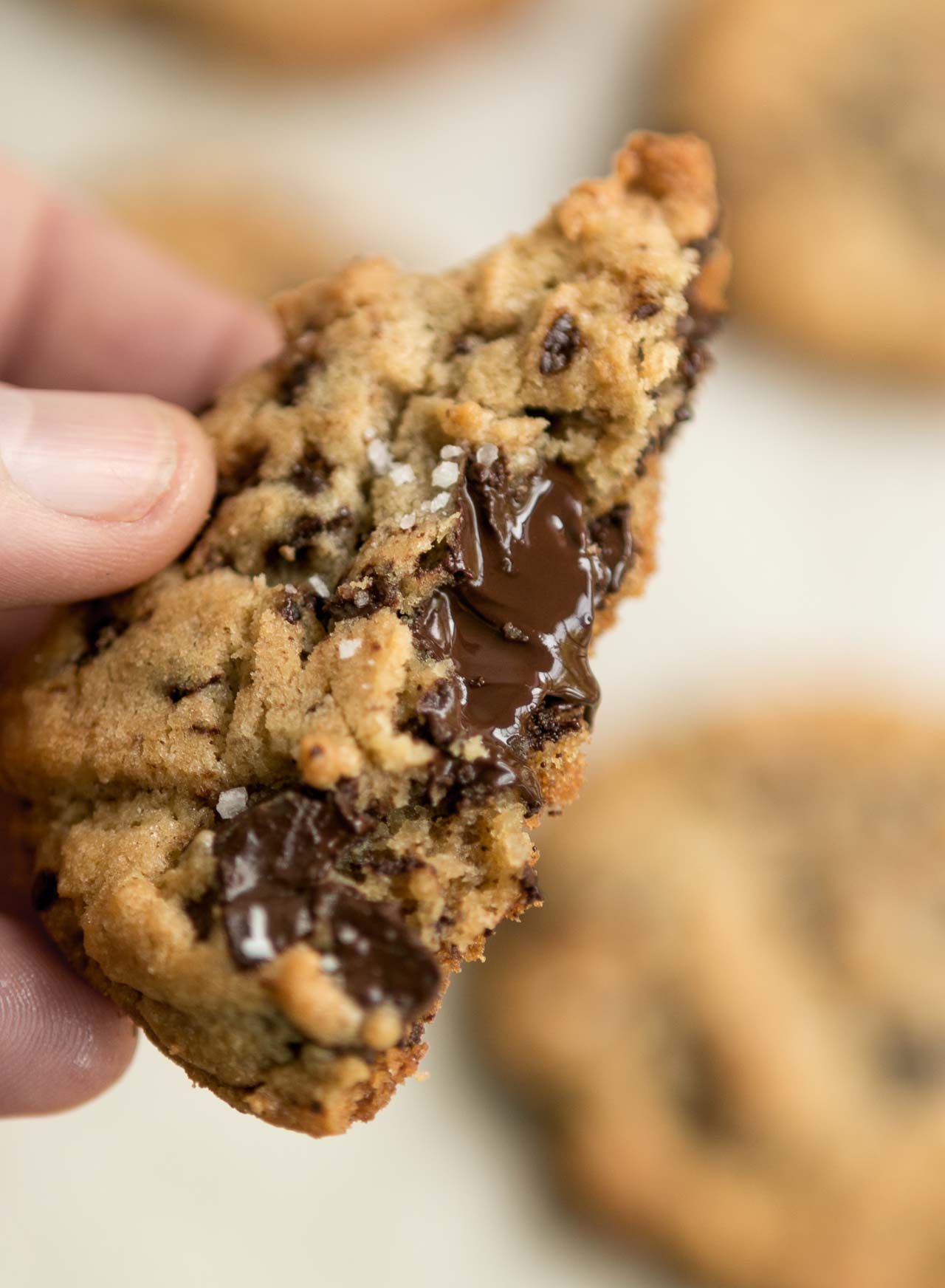Creme Brulee
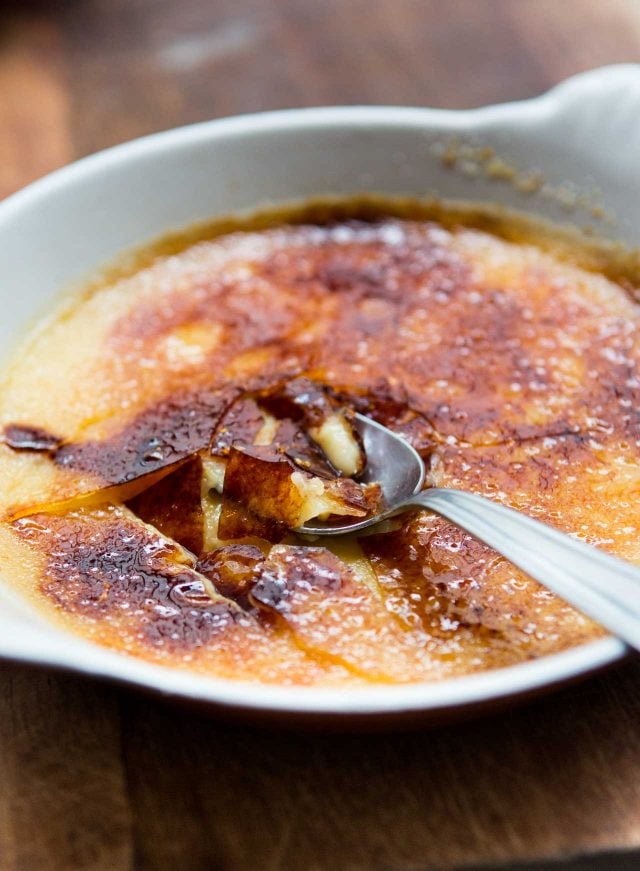
When it was on the cusp of popularity in the U.S., I sort of introduced crème brûlée to a restaurant where I was working at the time, and, predictably, they took off. So much so, that most of my nights were spent torching crème brûlée as fast as I could. Finally, I put an end to that (popularity is overrated), and that was that.
There was also a chef in the kitchen who was irked every time I started up the torch to caramelize the custards, saying “That’s not cooking.” I’m not sure how putting fire to the top of something to cook it was different from putting a fire under something, such as a skillet or saucepan on a stovetop, but since I was known for getting into trouble for talking back to people, I didn’t say anything.
Years later, I moved to France and started eating crème brûlée again because, frankly, it’s hard to avoid. There are good versions, but I still haven’t found one that tastes as good as when you make them at home. Plus I get to use my individual vintage Le Creuset gratin dishes when I do, too.
In My Paris Kitchen, I wrote about part of my journey back to this dessert was because the French bake crème brûlée in shallow baking dishes, so the ratio of caramel to custard is a little different than the deeper ramekins often used in the States, which made me love them (again) even more.
A torch is a great thing to have in your kitchen and I got mine (below) at my local hardware store. But my new favorite kitchen appurtenance is my electric hot water kettle. I had to stop drinking coffee for a while and since tea doesn’t do it for me in the morning, I was drinking a toasted grain beverage, which has the same roasted flavor as coffee, so I didn’t feel like I was missing much. (I drink coffee for the taste, not the caffeine.) Yes, it’s not the same thing, but it was odd how people made me feel like I was committing some grave act against humanity by giving up coffee. Almost the same blowback as quitting crème brûlée.
So now I’m drinking coffee, and eating crème brûlée again. Another exciting thing happened was getting a copy of In the French Kitchen with Kids by Mardi Michels. I saw a preview of the book a few months prior and I loved how she made French cooking accessible to everyone, including the little ones. French cooking isn’t hard. True, some of it involves fancy techniques, but most French home cooking is very simple.
Crème brûlée is nothing more than making a custard, baking it, then caramelizing the top, which is the only tricky part. And the part where mom and/or dad will want to step in and take over. But considering how much power I wielded with my blowtorch in a restaurant kitchen, scaring the line cooks from swiping cookies from the pastry department, I would imagine it might have the same effect on keeping the brood in line, fyi.
I’ve not used a broiler to caramelize custards but Mardi says you can do it, but to watch out, as the caramel can burn quickly. So keep an eye on them. If you’ve overdo it when caramelizing the top (which I’ve done once or twice), let it harden, pry it off, sprinkle the custard again with granulated sugar, and caramelize it again.
Creme Brulee
- 1 1/4 cups (300ml) heavy cream
- 1/2 cup (125ml) whole or lowfat milk
- 1/3 cup (70g) sugar, plus about 4 tablespoons for caramelizing the custards
- 1/2 vanilla bean, scraped (use just the seeds), or 1/2 teaspoon vanilla bean paste or ground vanilla beans
- 4 large egg yolks
- Preheat the oven to 300ºF (150ºC). Place your gratin dishes or ramekins in a deep sided baking dish. Heat water in a saucepan or electric teakettle to use for baking the custards.
- Warm the cream, milk, 1/3 cup sugar, and vanilla bean seeds (or paste, or ground beans) in a small saucepan over medium heat. In a bowl, stir together the egg yolks. When the cream is warm, remove it from the heat and gradually pour it into the yolks, whisking constantly. Strain the custard through a fine mesh strainer into a large measuring cup with a spout or small pitcher.
- Pour the custard into the gratin dishes or ramekins, then add hot water to the pan to the baking dish, until it reaches halfway up the outsides of them, aiming carefully so you don't get any in the custards.
- Bake the custards until they are just set when you jiggle them. For shallow gratin dishes, mine took 15 to 20 minutes, in ramekins they took 20 to 25 minutes. (In Mardi's book, she advises 45 to 50 minutes, so they may take longer in your oven.)
- Remove the cooked custards from the water bath, being careful as they are quite hot, and cool on a wire rack. When cool refrigerate the custards until they are completely chilled. (They can be refrigerated 3 to 4 days if you wish. Cover them in the refrigerator to prevent them from picking up other odors, if you do.)
- To caramelize the custards, sprinkle each custard with enough sugar to cover the top. My gratin dishes took about 1 tablespoon of sugar each; ramekins may take slightly less. Use a blowtorch to caramelize each custard. The best way to do this is to wave the blowtorch over the top until the sugar starts to melt and bubble. Then, carefully, tilt the dish with one hand while you wave the flame over the custard, turning it so that the caramel covers the top in a relatively even layer and doesn't burn. You may want to wear an oven mitt for holding the custard dish if you are worried about spills. Let them caramel harden and serve.
Notes
Related Posts
Tips for Using Leftover Egg Whites
Goat Cheese Custards with Strawberries in Red Wine Syrup
Salted Butter Caramel Ice Cream
How to Make the Perfect Caramel
